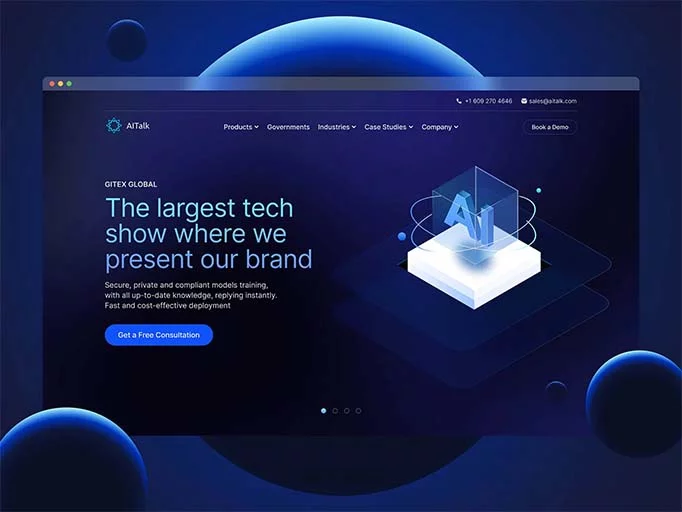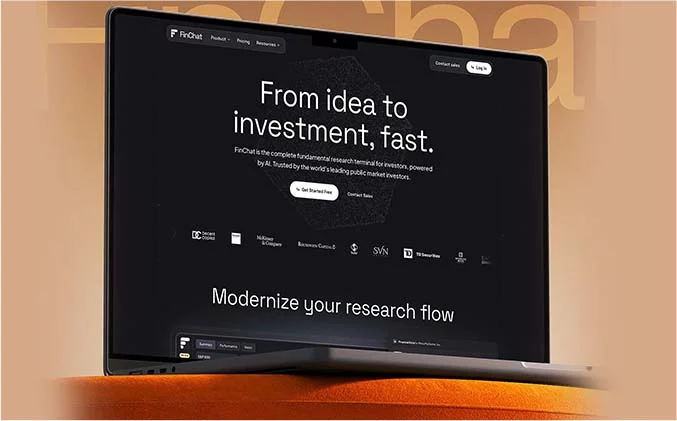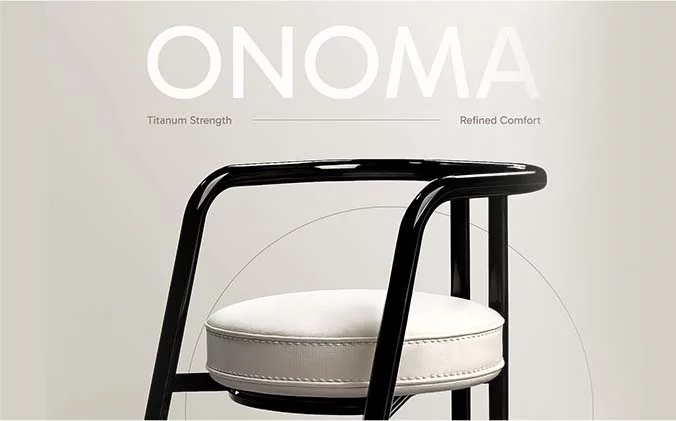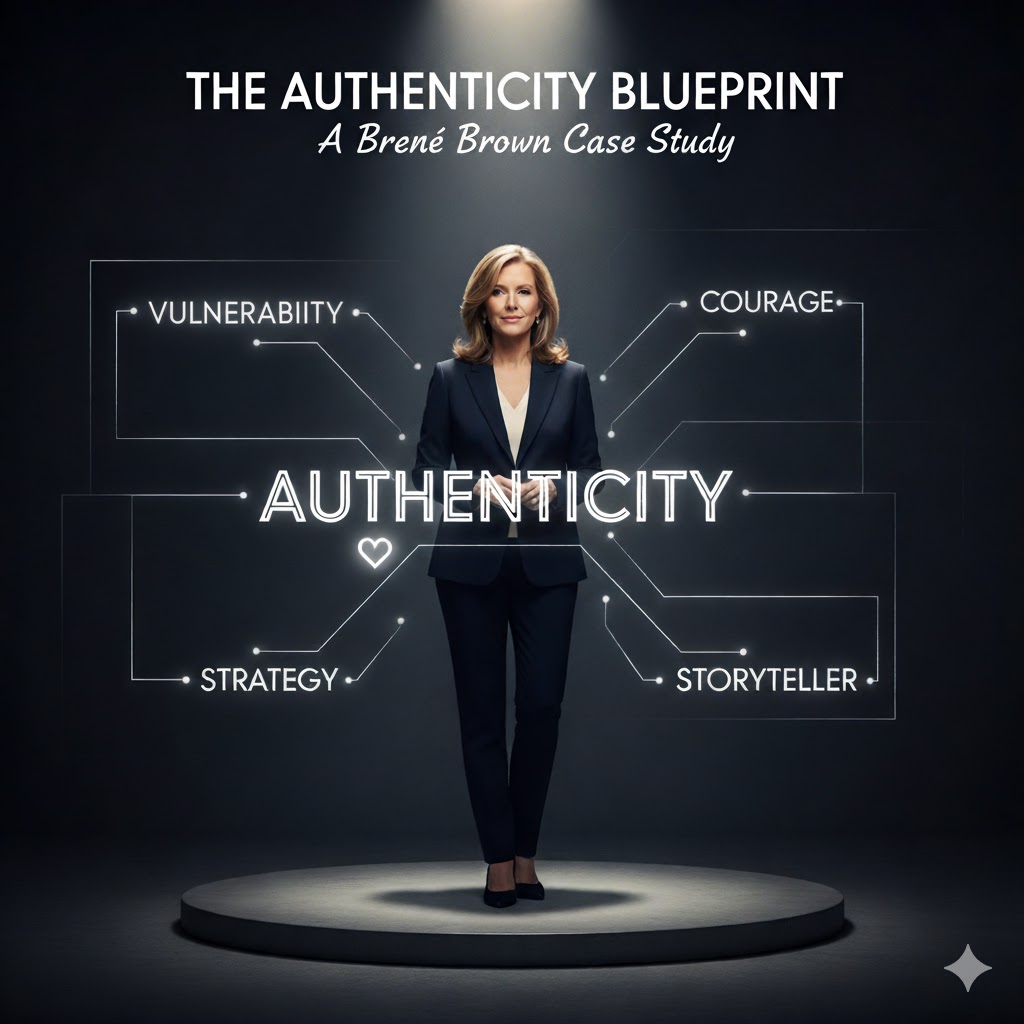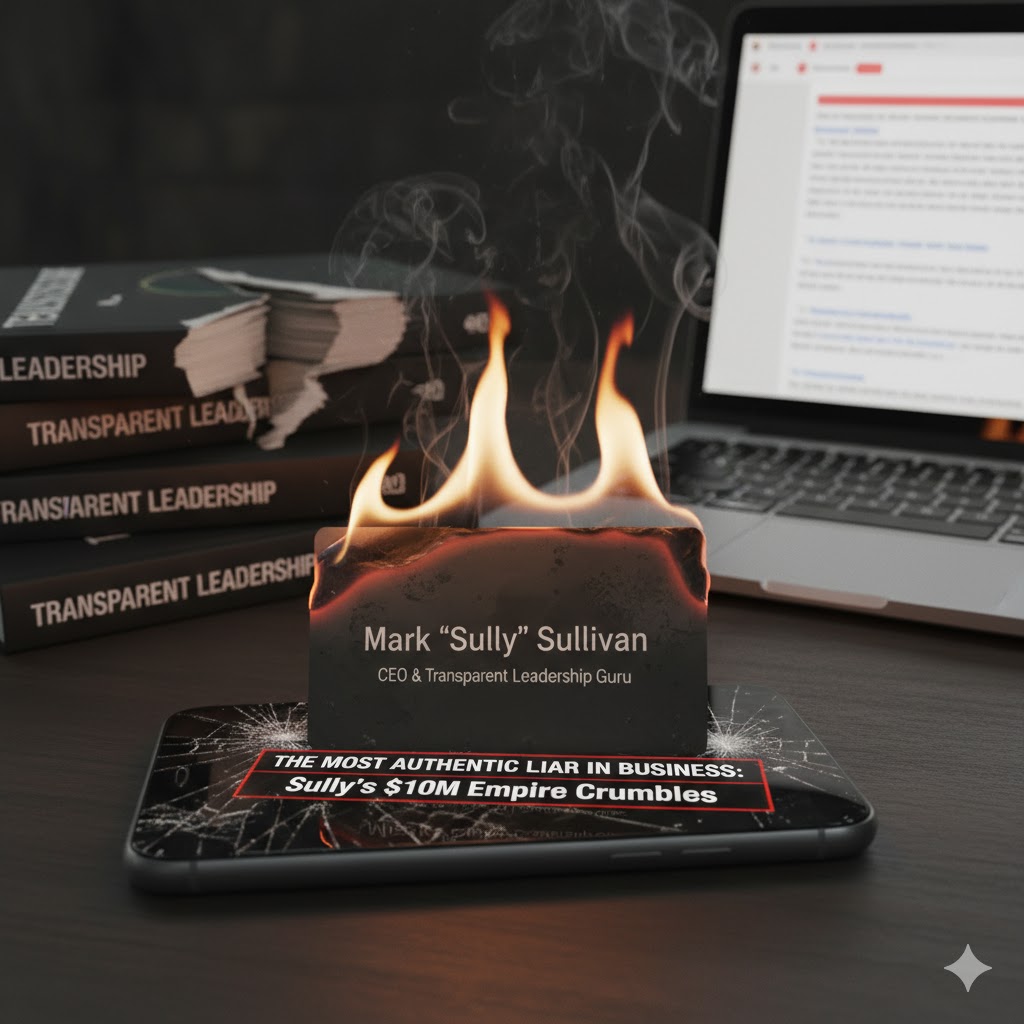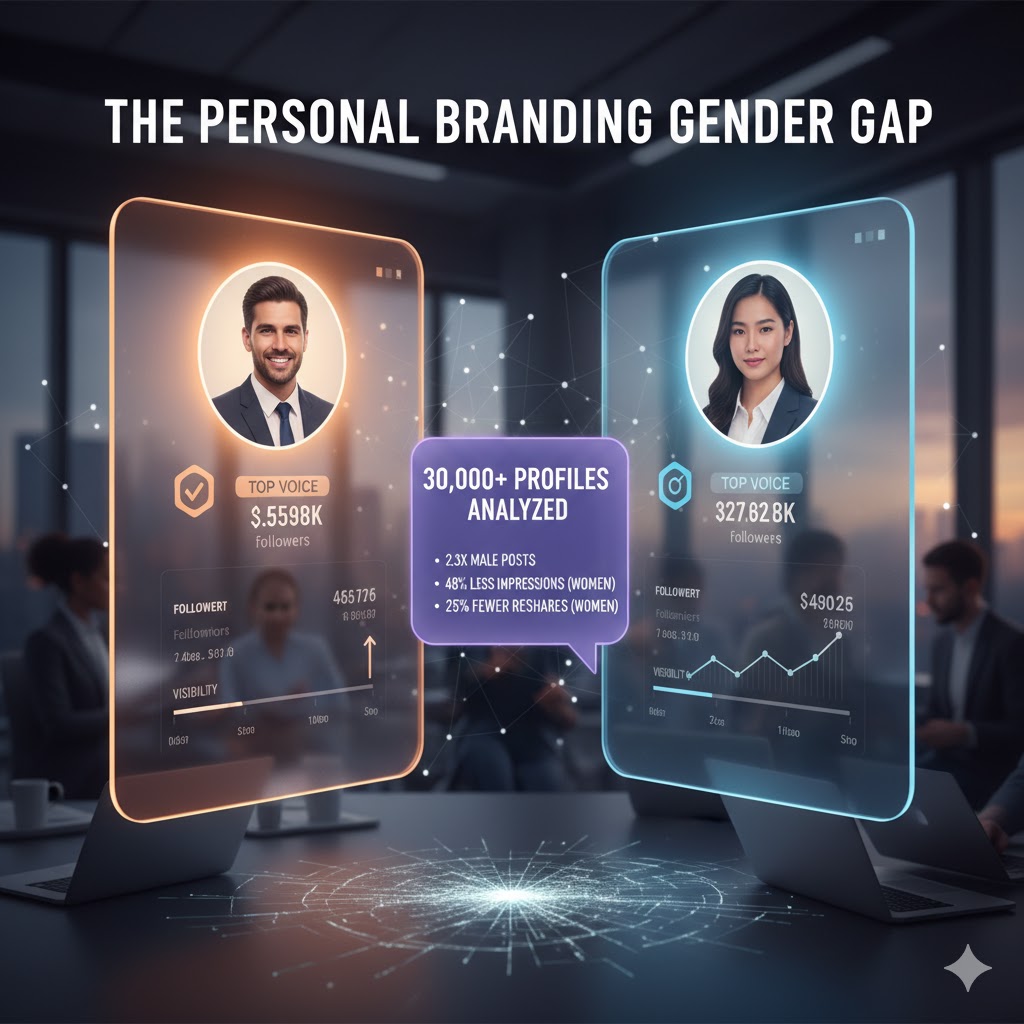
A few months ago, our team at Green Brander became obsessed with one question: What really separates a memorable LinkedIn profile from a forgettable one?
To find the answer, we analyzed 50,000 profiles, from Fortune 500 CEOs to freelance creatives. We weren’t just looking for buzzwords or viral posts. We were looking for a pattern.
What we discovered was a game, changer. The top 1% on LinkedIn don’t just play by the rules; they redefine them. They operate on a different level, understanding the psychology of attention, the science of trust, and the art of genuine connection.
Here’s the playbook they use, backed by our data and insights you can apply today.
1. Stop Treating Your Profile Like a Résumé. Start Treating It Like a Landing Page.
The average user’s profile is a digital archive of their job history. It’s static. It’s boring.
The top 1% treat their profile as the most important landing page for their personal brand. They know you have less than five seconds to pass the “scroll test.” Every element, your banner, your photo, your headline, is a conversion tool designed to make someone stop and think, “I need to know more about this person.”
What they do differently:
- Benefit, Driven Headlines: Their headlines promise value, not just state a title.
- Instead of: “Marketing Manager at XYZ Company”
- They write: “I Help SaaS Founders Turn Content Into a Predictable Revenue Engine.”
- Story, Driven Summaries: They answer why they do what they do, not just what they’ve done.
- Branded Banners: Their banner image isn’t a stock photo; it’s a billboard for their mission.
The Takeaway: Your profile isn’t for you. It’s for the person who lands on it. Make them feel like they’ve arrived in the right place.
2. It’s Not About Posting More. It’s About Posting Smarter.
Most users post because they feel they should. The top 1% post because they have something to say. They value relevance over frequency and substance over noise.
Our analysis, supported by 2024 data from Shield Analytics, found that top-performing creators aren’t posting five times a day.
- They post a focused 2–3 times per week.
- They follow a rough 70/20/10 rule: 70% educational, 20% personal insight, 10% promotional.
- Their opening lines hook you with curiosity or emotion, not a sales pitch.
See the difference:
- The 99% Post: “We are excited to announce the launch of our new service!”
- The 1% Post: “After 3 failed launches, we finally cracked the code. Here’s the one thing we changed.”
The Takeaway: Don’t post to fill space. Post to fill a gap in your audience’s knowledge.
3. Write for a Human, Not an HR Bot.
We ran the “About” sections from the top 5% of profiles through a sentiment analysis, and the results were striking. They read like conversations, not corporate jargon, use a warm, first-person voice, and they use short paragraphs and white space. Most importantly, they connect their work to a bigger purpose.
Example:
“I believe the best brands don’t just sell products; they solve problems. That’s why I’ve spent the last decade helping companies build sustainable businesses that prioritize both profit and purpose.”
That simple statement conveys expertise, values, and a mission, all in one. It’s Simon Sinek’s “Golden Circle” in action: People don’t buy what you do; they buy why you do it.
The Takeaway: Write your “About” section as if you’re explaining your passion to a friend over coffee.
4. Their Secret Weapon? They Spend More Time in the Comments Than on Their Own Feed.
This might be the most counterintuitive finding: the top 1% often spend 60% of their LinkedIn time engaging with others, not creating their own content.
They aren’t just broadcasting; they’re building community and social capital, one thoughtful comment at a time.
Their engagement strategy:
- They leave comments that add to the conversation, not just “Great post!”
- They strategically tag others to bring relevant voices into a discussion.
- They celebrate others’ wins more than they broadcast their own.
There’s data to back this up. A 2023 LinkedIn study found that profiles who actively comment on others’ posts receive 3x higher reach on their own content.
The Takeaway: Give value in other people’s space before you ask for attention in yours. Engagement is currency.
5. Stop Chasing Likes. Start Creating Opportunities.
The average user obsesses over likes and views. The top 1% ignore them. They know that vanity metrics don’t pay the bills. Instead, they track metrics that lead to real-world results:
- ✅ Inbound DMs from qualified leads
- ✅ Profile views from target companies
- ✅ Speaking and podcast invitations
- ✅ Collaboration requests
In our analysis, 68% of top creators stated their biggest LinkedIn ROI wasn’t followers or engagement, it was new business, strategic partnerships, and industry credibility. They’re playing the long game.
The Takeaway: Don’t chase validation. Chase value. The rest will follow.
6. Share Your Scars, Not Just Your Skills.
Anyone can list their accomplishments. But the people who truly connect are the ones who share their journey, the failures, the lessons, the moments of doubt. They build emotional authority, not just topical expertise.
- Instead of: “I’m an expert in project management.”
- They write: “I once lost our biggest client because I ignored one simple project management rule. Here’s the lesson I’ll never forget…”
That vulnerability doesn’t make them look weak; it makes them look human. It builds a level of trust that a perfect highlight reel never could.
The Takeaway: Your expertise gets you seen. Your humanity gets you remembered.
7. Don’t Chase Trends. Create Them.
When everyone zigs toward AI-generated carousels, the top 1% zag. They aren’t trend-followers; they are thought-shapers. They create their own intellectual property by packaging their insights into unique frameworks.
You’ll see them publishing concepts like:
- “My 5-Step Framework for a Perfect Cold DM”
- “The ‘Audience-First’ Content Matrix”
- “The 3 Cs of Sustainable Leadership”
This turns their knowledge from a commodity into a memorable, shareable asset. It’s why their ideas are the ones everyone else starts talking about.
The Takeaway: Don’t just join the conversation. Start a new one.
Your LinkedIn Profile Is Your Digital Legacy
After sifting through 50,000 profiles, one truth became undeniable: the future of professional branding isn’t about being the loudest; it’s about being the most valuable.
Your profile isn’t a CV. It’s a stage.
Your posts aren’t updates. They’re assets.
Your network isn’t a collection of contacts. It’s a community.
If you treat LinkedIn like a chore, you’ll be forgotten the moment someone scrolls past. But if you treat it as the ecosystem for your personal brand, you won’t just be seen, you’ll be sought out.
At Green Brander, we help leaders and teams bridge the gap between data and storytelling. We turn profiles into platforms and employees into powerful brand ambassadors.
Because in 2025, your brand isn’t what you say about yourself.
It’s what people feel after they’ve scrolled away.


